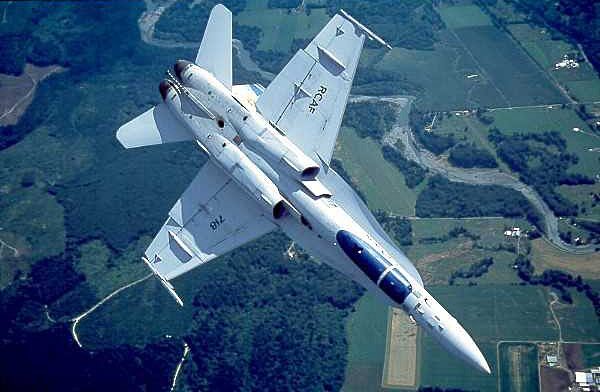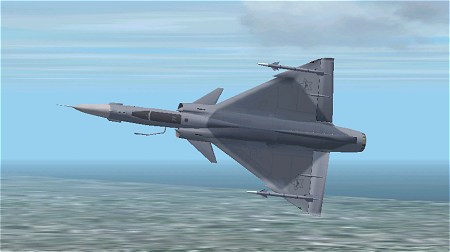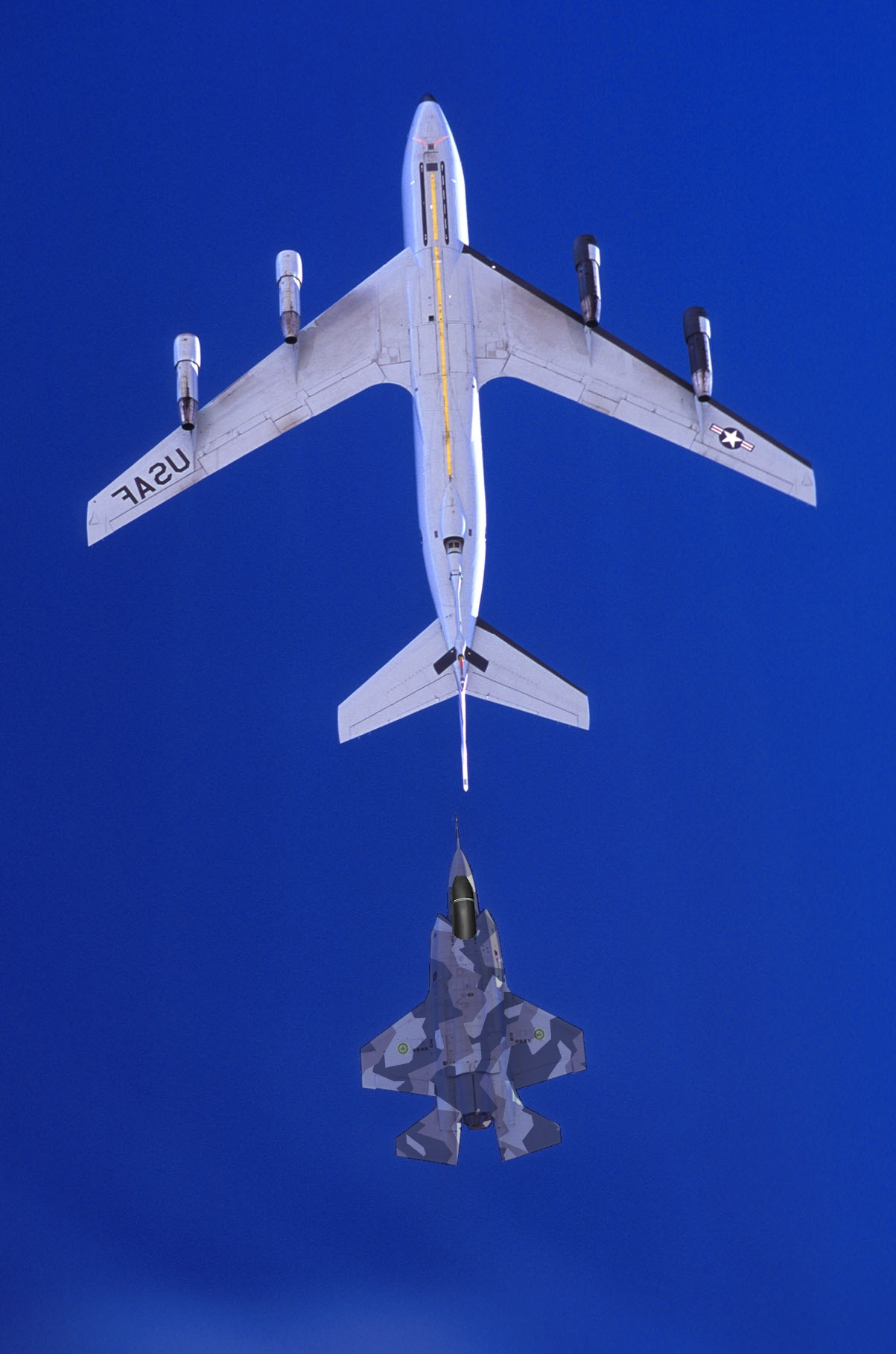
False Canopy Camouflage: Deception in the Skies
In the high-speed world of aerial combat, a split-second of confusion can mean the difference between survival and defeat. One of the more subtle — yet effective — forms of deception in military aviation is the false canopy. This paint scheme is designed to mislead enemy pilots in the heat of battle, using nothing more than carefully placed graphics on the underside of a fighter jet.

What is a False Canopy?
A false canopy is a painted pattern on the underside of an aircraft, typically mimicking the cockpit’s appearance from below. By replicating the dark canopy outline and even hints of pilot detail, the design can momentarily disorient an adversary. In fast-moving dogfights, that fraction of a second might give the real pilot the upper hand.
The idea is simple: if the enemy cannot immediately determine the aircraft’s orientation — which way it’s facing or climbing — they may hesitate or make a targeting error. This hesitation can be exploited to maneuver into a more favorable combat position.

Origins and Adoption
The concept gained popularity in the late 20th century, especially among NATO forces. The Royal Canadian Air Force (RCAF) is widely credited with pioneering the false canopy design on its CF-18 Hornets in the 1980s. The Canadian variant featured a black “cockpit” painted on the belly of the jet, visible during low-altitude passes or during combat maneuvers.
Other nations have experimented with similar designs, although not all air forces have embraced the tactic. Some aircraft feature variations in pattern and placement, but the core principle remains consistent — create a visual illusion that complicates the enemy’s situational awareness.
Why It Works
In aerial combat, speed, altitude, and position change rapidly. Enemy pilots — often operating at extreme G-forces — rely heavily on split-second visual cues to assess a target. If a jet’s underside looks like its top side, determining which way it is turning, diving, or climbing becomes more difficult.
The false canopy doesn’t make an aircraft invisible; instead, it subtly manipulates perception. In a fight where milliseconds count, this can be enough to force an opponent into a mistake.
Real-World Applications Beyond Combat
While primarily used in military aviation, the concept of false canopy camouflage highlights a broader principle in camouflage design — controlled deception. Similar tactics can be applied to other fields:
- Naval camouflage: Disruptive paint patterns to obscure ship outlines.
- Ground vehicles: Concealing weapon positions or altering perceived shapes.
- Sports and design: Using patterns to mislead opponents in competitive environments.
Limitations and Modern Relevance
False canopies are not a magic shield. They work best in visual range engagements, which have become less common with the rise of beyond-visual-range (BVR) missiles and radar-guided systems. However, close-range combat and low-level attack missions still occur, and the principle of visual deception remains valid.
Even with advanced sensors, human pilots still rely on visual identification — and a moment’s doubt can still tip the odds.

%402x%20(1).svg)
%402x.svg)
%402x.svg)


%402x%20(dark).svg)
%402x%20(dark).svg)
%402x.svg)
%402x.svg)
%402x.svg)